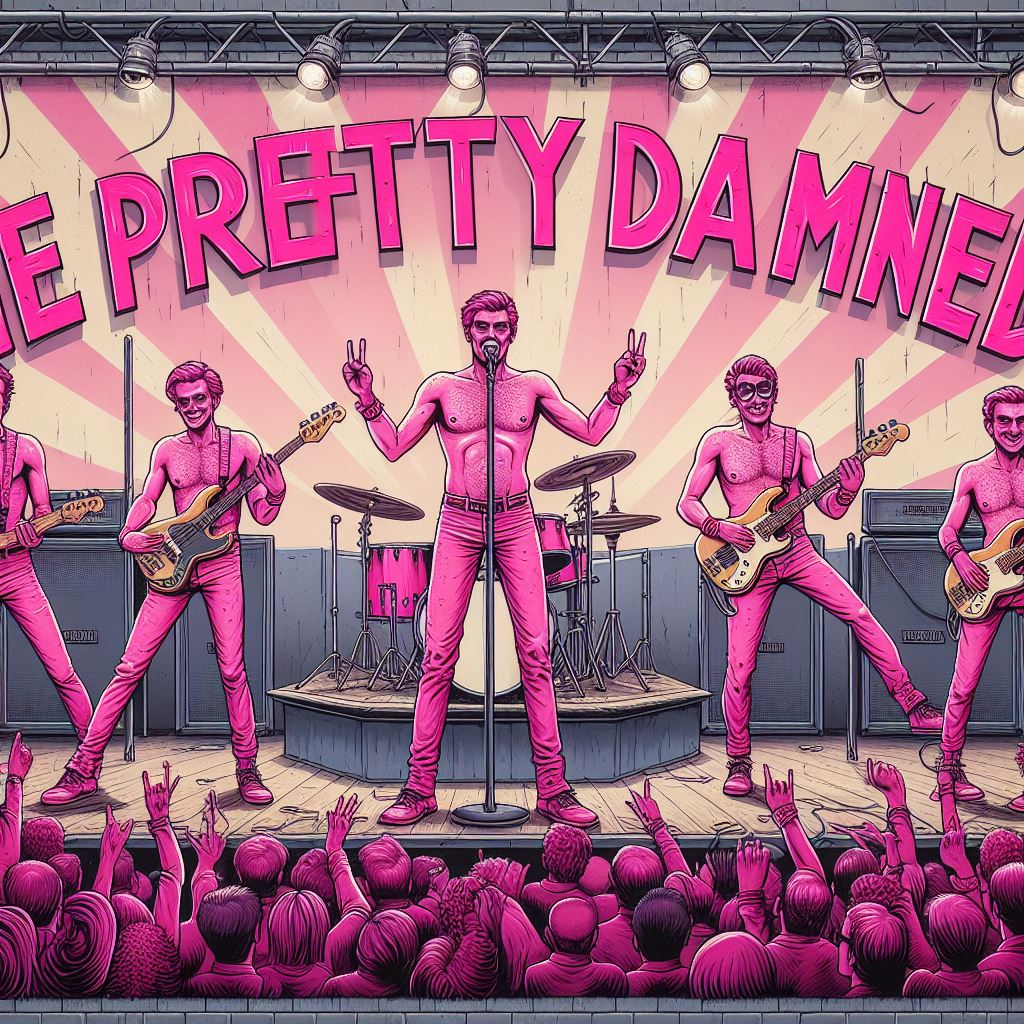Howdy, Stranger!
It looks like you're new here. If you want to get involved, click one of these buttons!
Categories
- 241.1K All Categories
- 22 >> Start Here <<
- 12 New Members
- 8 FAQs
- 86.5K Gear
- 39.4K Guitar
- 3.4K Acoustics
- 1.3K Bass
- 14.6K Amps
- 17.2K FX
- 263 Digital & Modelling
- 765 Other Instruments
- 8.2K Making & Modding
- 419 Gear Reviews
- 107 Guitar Reviews
- 73 Amp Reviews
- 118 FX Reviews
- 87 Other Reviews
- 748 Made in the UK
- 970 Theory
- 1.8K Technique
- 2.1K Live
- 3.2K Studio & Recording
- 2.1K Making Music
- 218 Events
- 15 Guitar Show 2018
- 827 Plug My Stuff
- 104.9K Classifieds
- 41K Guitars £
- 2.8K Acoustics £
- 137 LH Guitars £
- 893 Basses £
- 10.5K Parts £
- 18.3K Amps £
- 34K FX £
- 2.8K Studio & Rec £
- 6.1K Misc £
- 464 Personnel
- 54.6K Chat
- 36.5K Off Topic
- 1.1K Tributes
- 6.6K Music
In this Discussion
Become a Subscriber!
Subscribe to our Patreon, and get image uploads with no ads on the site!
Help me improve my recorded tone.
 ThePrettyDamned
Frets: 7484
ThePrettyDamned
Frets: 7484
I've posted this in the making music section, too, but I think it's more suited here.
I've got a close mic'd recording of a few riffs on the bandit - the first two are from a song I'm working on, the third was an on the spot idea.
Anyway, in the room, it's a pretty great sound - not exactly a 5150 or an Engl, but it's a good sound. However, my mate described this perfectly
"Sounds like your average amateur recording".
So, how does one make it sound bigger, fatter, and (to some extent) 'louder' (sort of)? Is it about mixing two recorded signals in stereo, maybe one in the room, one close mic? Is it post processing? Do I need more volume? Perhaps reamp the same signal with 2 different EQ settings and mix?
I don't think it's just down to the amp, because I've heard worse recordings with mics of better amps. Is it studio wizardry?
The good news is I can now use Reaper to a basic level - cropping tracks is no problem, and I quite like the interface, even though I'm probably using 1% of its potential.
#openedcanofworms?
0 LOL 0
LOL 0 Wow! 0
Wow! 0 Wisdom
Wisdom
 LOL 0
LOL 0 Wow! 0
Wow! 0 Wisdom
Wisdom Base theme by DesignModo & ported to Powered by Vanilla by Chris Ireland, modified by the "theFB" team.


Comments